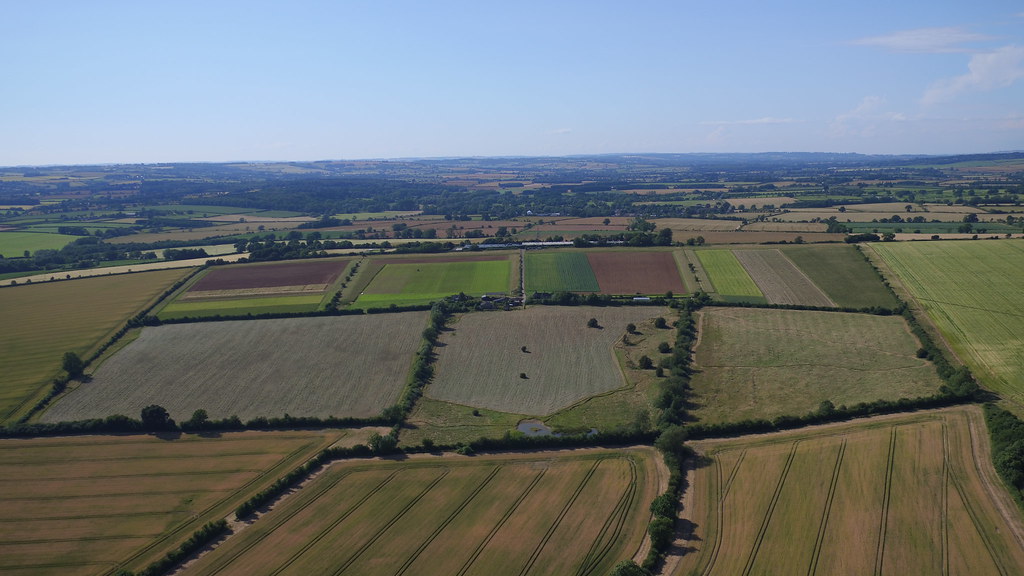Honeydale Heritage Orchard
We’re creating what we believe will be a unique heritage orchard at Honeydale, complete with all the old Oxfordshire varieties of fruit trees as well as varieties and including some rare and unusual apple varieties.
The Honeydale Heritage Orchard was planted with the help of the Wychwood Project, the staff at Cotswold Seeds and friends of the farm. Varieties were planted a standard 30ft apart with an orchard within an orchard at its heart. This is an enclosed and protected space created with trees grafted onto smaller rootstocks, which we plan to use for education as an outdoor classroom.
We have always wanted to create an orchard and when we met with Andy Howard from the Heritage Fruit Tree Company near Banbury a couple of years ago our dream came into fruition - quite literally! Andy has spent the last two years hand-grafting dozens of regional species so that we had 250 trees to plant. These include 144 apples, 35 cherries, plus apricot, damson, gage, mulberry, nectarine, peach, pear, plum, quince and nectarine.
The varieties include the historic Old Fred, Red Army and Blenheim Orange found at Woodstock, Oxfordshire in about 1740, the original kernel planted by tailor George Kempster. We also have the Belle de Boskoop which originated in the Netherlands, as a chance seedling in 1856 and the more recent Deddington Pippin, propagated by Andy Howard in 2000 and featured on BBC 4’s recent ‘Apples’ programme.
‘This is a major initiative since many of the rare varieties are no longer grown commercially,’ says Andy Howard. ‘The Honeydale Heritage Orchard will help to ensure their survival.’
The orchard has been planned to provide edible fruit all year as well as attract wildlife, adding to the rich diversity we plan for the farm, with a range of agricultural and horticultural projects to provide a unique blend of products and interests.
We are missing just two varieties for our orchard - the Oxfordshire Greening and Corrie Washer - which Andy is tracking down for us and hopes to be able to plant next year.
.png)




















0 comments: